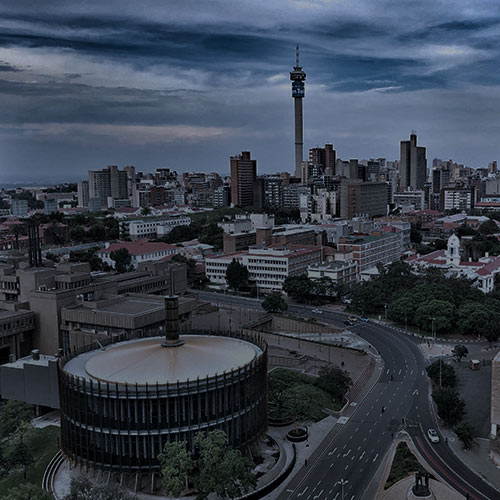The South African (SA) stock market followed global equity markets higher (FTSE/JSE Capped SWIX 2.8% MoM), bouncing back from a horrid June and edging back towards positive territory YTD (-1.9% YTD). There were decent contributions across the board, with companies geared to the domestic economy amongst the best performers (+4.3% MoM) as they bounced back from a particularly tough June. Miners were also generally stronger after a difficult June, despite continued pressure on commodity prices (iron ore -8% MoM), with the exceptions being Sasol (-6% MoM), which followed the oil price lower, and Anglo Platinum and Kumba Iron Ore (-11% and -6% MoM, respectively), both of which reported disappointing results during the month.
At the other end of the spectrum, Thungela (one of the biggest local beneficiaries of higher export coal prices) was again one of the best-performing shares (+26% MoM). Other notable outperformers were Richemont (+15% MoM), which gave a trading update for the most recent quarter, which was ahead of consensus expectations, growing strongly off already elevated levels and Telkom (+19% MoM), which jumped on the news that MTN was considering acquiring it. Investment companies Naspers and Prosus held up relatively well (-0.5% and +2.4% MoM, respectively) considering the 13% MoM drop in the price of their biggest underlying investment, Chinese tech conglomerate, Tencent. Tencent dropped alongside most Chinese companies as another fine from Chinese regulators during the month, and a COVID-19-related lockdown in Macau served as a reminder to investors of the lurking threat of Chinese government intervention.
The first half of July saw the country remain bogged down by loadshedding at least partially as a result of striking Eskom employees. Poor domestic sentiment and increasing concerns around the prospect of a global recession combined to drive the local currency above R17 to the US dollar for the first time since September 2020. A mid-month agreement on Eskom’s wage negotiations helped with the suspension of loadshedding, and an announcement by government of significant measures aimed at alleviating the energy crisis helped buoy local sentiment, and the currency ended the month only 2.1% weaker against the greenback at R16.62/US$1.
Local inflation data for June (7.4% YoY) followed a global trend, coming in higher than May and marginally above expectations. However, the core inflation data (excluding the volatile food and energy components) came in at 4.4% YoY, roughly in line with the SA Reserve Bank’s (SARB’s) target. Despite more muted core inflation, the SARB used its July meeting to hike rates by 0.75% (the largest hike in c. 20 years) to 5.5% – ahead of expectations for a 0.5% hike as the local central bank looked to remain on the front foot against global inflationary forces. SA government bond yields followed global yields lower, with the local 10-year government bond yield ending the month 0.2% lower at 10.8%.




